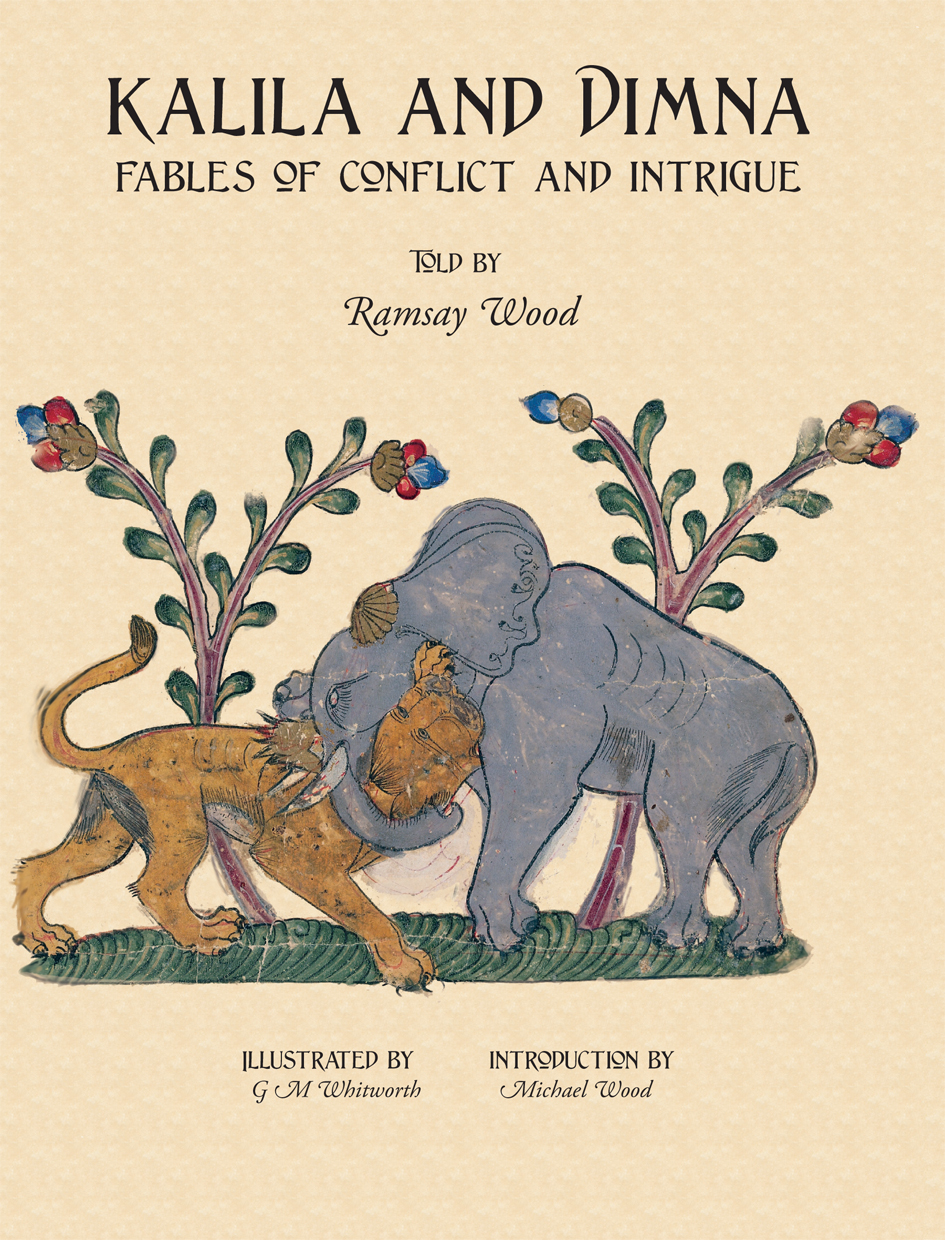
Big Read List Howard Andrew Jones
One of the most popular books ever written [in Arabic & Persian] is the book the [Muslim Civilisation] know as Kalila wa-Dimna, a bestseller for almost two thousand years, and a book still read with pleasure all over the world. It has been translated at least 200 times into 50 different languages.
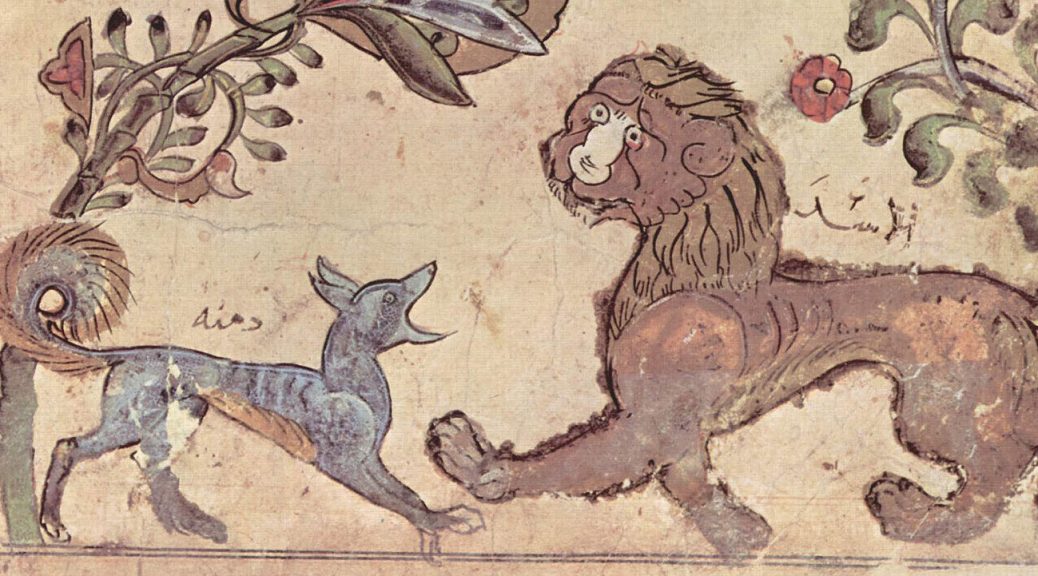
Kalila wa Dimna Retold d a r c digital art history research collective
Kalila and Dimna - Wisdom Encoded 10 years of research on Kalīla and Dimna: AnonymClassic (ERC Advanced Grant, 2018-2023) and Arabic Literature Cosmopolitan (ALC, funded via DFG Leibniz Prize 2020-2027) jointly are the first-ever comprehensive study of Kalīla and Dimna.

باب الفحص عن أمر دمنة Kalila wa Dimna Taylor & Francis Group
Browse & discover thousands of brands. Read customer reviews & find best sellers. Get deals and low prices on kalila wa dimna in Home Improvement on Amazon.

Pin on Kalila Wa Dimna
No matter what you love, you'll find it here. Search kalila and dimna and more. But did you check eBay? Check Out kalila and dimna on eBay.
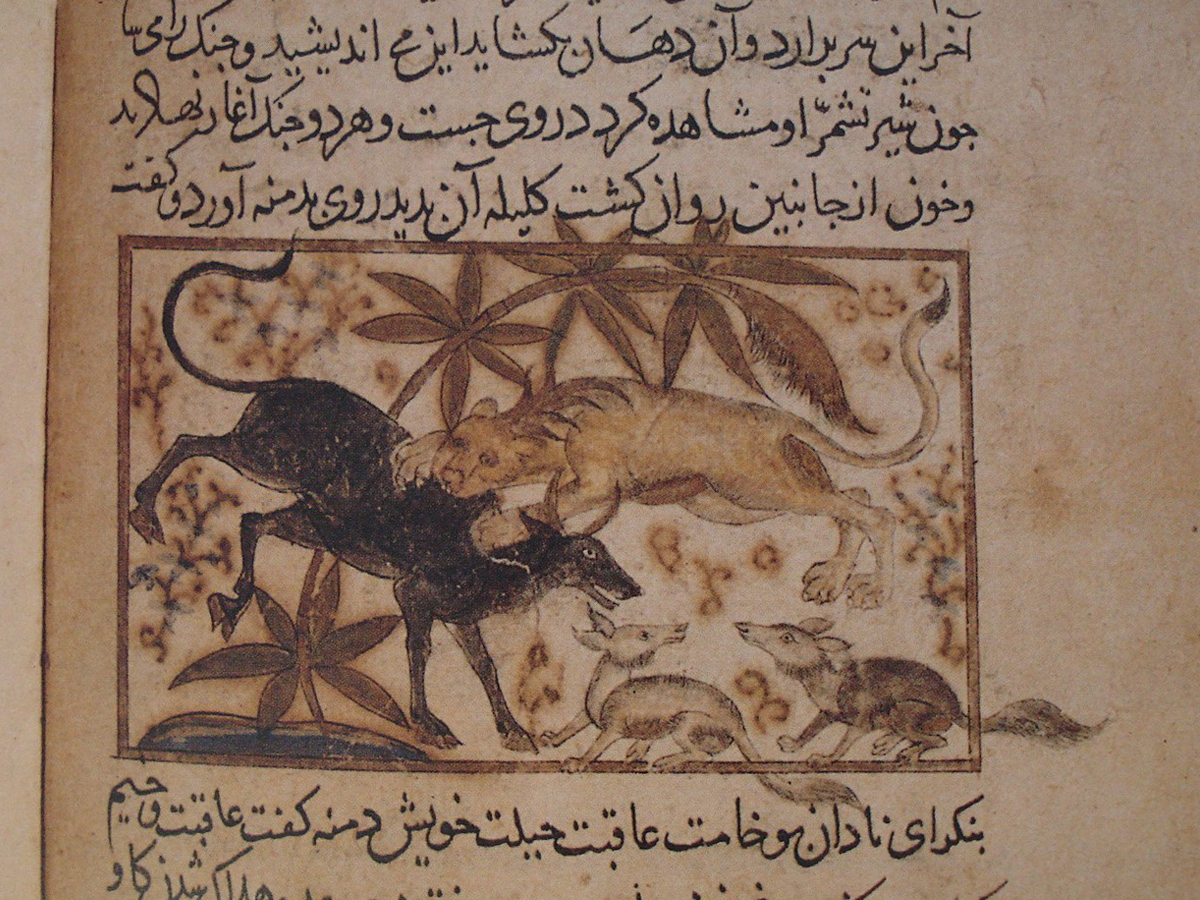
kalilawadimna The Mosaic Rooms
It is well known that the stories contained in the multiform text known in Arabic as the Kalīla wa-Dimna were used for purposes of education in statecraft. The literary form of such education is commonly known by its medieval Latin designation as speculum principum or 'mirror for princes'.

Kalila wa Dimna Islamic The Metropolitan Museum of Art Islamic
Kalila wa Dimna is one of the is one of the most widespread and influential books in the world. It was written in 750 CE by a Persian convert to Islam named ʿAbd Allāh ibn al-Muqaffaʿ (d. ca. 756 CE), who was a poet and courtier to Abbasid caliphs.

Kalila en Dimna Een fabel over vriendschap en verraad Roemi Vandaag
The European translations represent yet further strands. Whereas such variance is common in popular literature, Kalīla and Dimna by its high literary idiom clearly belongs to the classical Arabic canon. To date, the Arabic versions remain without a proper critical edition whereas in Europe Kalīla and Dimna is largely unknown today.

Kalīla wa Dimna , traduit par Ibn alMuqaffaʿʿAbd Allâh (0720?0756
Kalīla wa-Dimna or Kelileh o Demneh ( Arabic: كليلة ودمنة; Persian: کلیله و دمنه) is a collection of fables. The book consists of fifteen chapters containing a lot of fables whose heroes are animals.

Kalîla et Dimna, avec des figures coloriées. Gallica Kalila et
KALILA WA DEMNA. i. Redactions and circulation. In Persian literature Kalila wa Demna has been known in different versions since the 6th century CE. The complex relations between the extant New Persian versions, a lost Sanskrit original, and a lost Middle Persian translation have been studied since 1859 when the German Indologist Theodor Benfey (1809-1881), a pioneer of comparative folklore.

9 best Kalila wa Dimna images on Pinterest Illuminated manuscript
Overview Kalila wa Dimna Quick Reference An originally Indian allegory narrated by two jackals who tell stories aimed to guide humanity to ethical and moral ways of dealing with a wide range of issues, from parenting to policy making. Ibn al-Muqaffa (d. 759) translated the original Pahlavi manuscript into Arabic.

Illustration 55 (86) , from Kalila waDimna BSB Cod.arab. 616 ( um
Kalīla Wa-Dimna (4,462 words) , title of an Indian mirror for princes, formed by the corruption of the Sanskrit names of the two principal characters, two jackals, Karaṭaka and Damanaka (in the old Syriac translation the forms are still Kalīlag and Damnag).
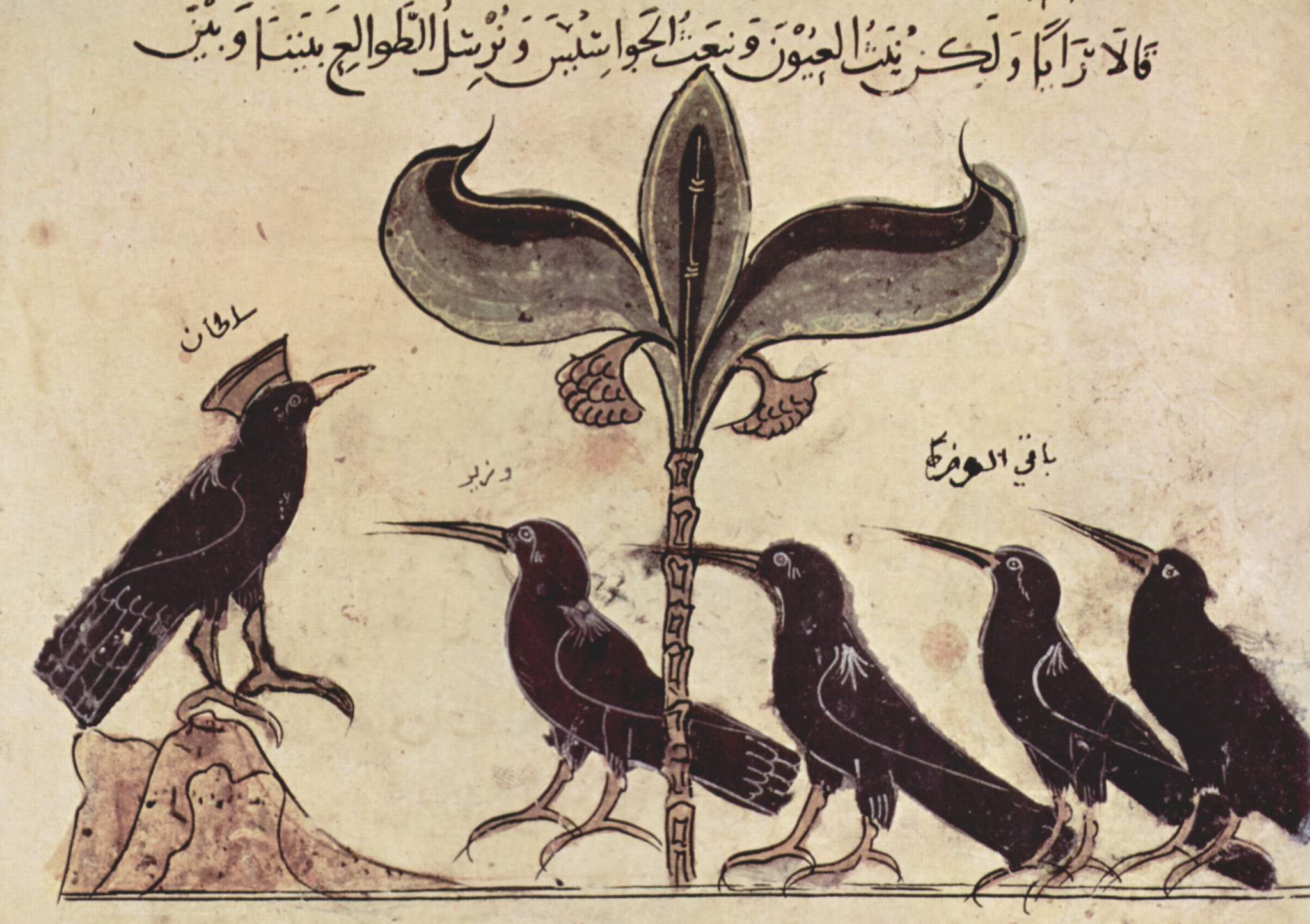
A Journey of a Book Kalila waDimna 1001 Inventions
Kalila wa-Dimna (Kalila and Dimna) is a widely circulated collection of Oriental fables of Indian origin, composed in Sanskrit possibly as early as the third century BC. The fables were translated into Arabic in the eighth century by the Persian Ibn al-Muqaffa', a highly educated writer and influential courtier.

"Kalila Upbraiding Dimna", Folio from a Kalila wa Dimna The
KALILA AND DIMNA, a cycle of fables which originated in *India in the third century C.E. and were collected and compiled in Kashmir. In the course of centuries the cycle has gone through numerous changes, especially as a result of having been translated into many languages: Persian, Arabic, Hebrew, Syriac, Ethiopian, Malay, Mongolian, Greek, and many European languages.
.jpg?cnt=0)
Kalila wa Dimna LiquidNoize Free Download, Borrow, and Streaming
Persian is one of the key languages in the global textual tradition of Kalīla and Dimna.This is true whether we mean Middle Persian (also known as Pahlavi) or New Persian (which we call simply Persian). According to the traditional origin story of Kalīla and Dimna, the book began its life in Sanskrit; was brought to Iran and translated/adapted into Middle Persian in the Sasanian period; and.
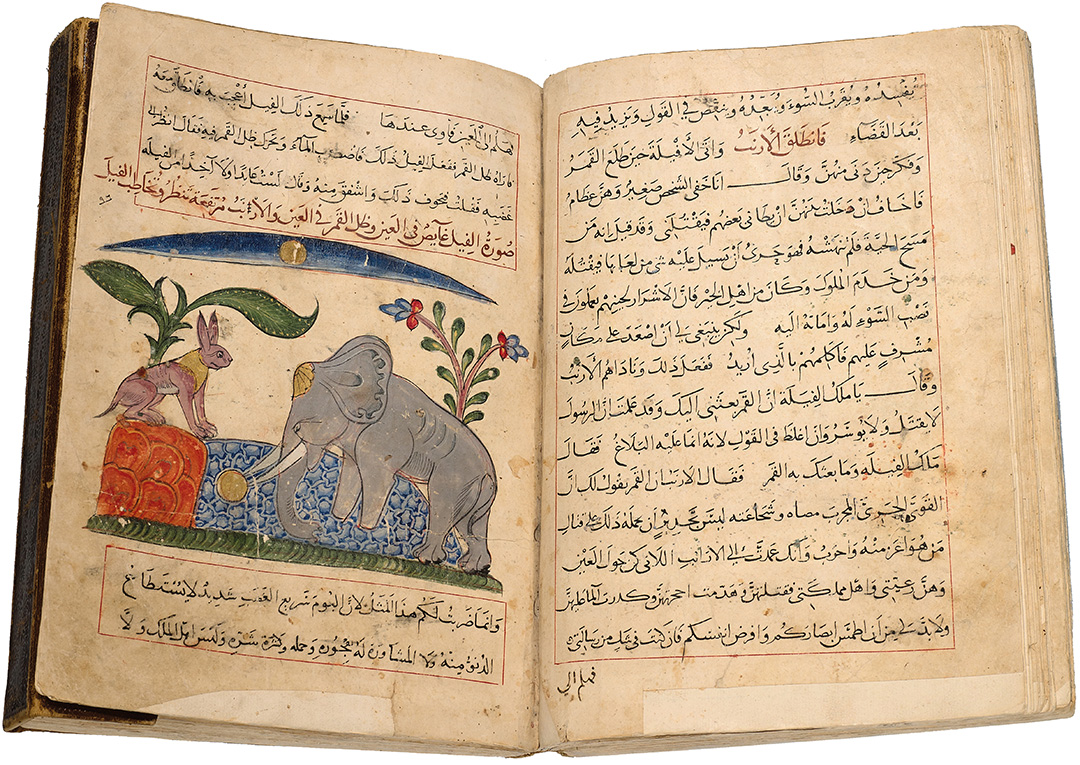
A Journey of a Book Kalila waDimna 1001 Inventions
Title: "Kalila Upbraiding Dimna", Folio from a Kalila wa Dimna Date: second quarter 16th century Geography: Attributed to India, Gujarat, probably based on an Egyptian original Medium: Ink and opaque watercolor on paper Dimensions: Overall: H. 12 1/2 in. (31.8 cm) W. 8 7/8 in. (22.6 cm) Average text size: H. 8 5/8 in. (21.9 cm)
"Kalila Visits the Imprisoned Dimna", Folio from a Kalila wa Dimna
The first contains selections from the Arabic text retold with the modern reader in mind; the second, a history of the Kalila wa Dimna and its importance in Islamic literature and art Includes bibliographical references (pages 94-95)